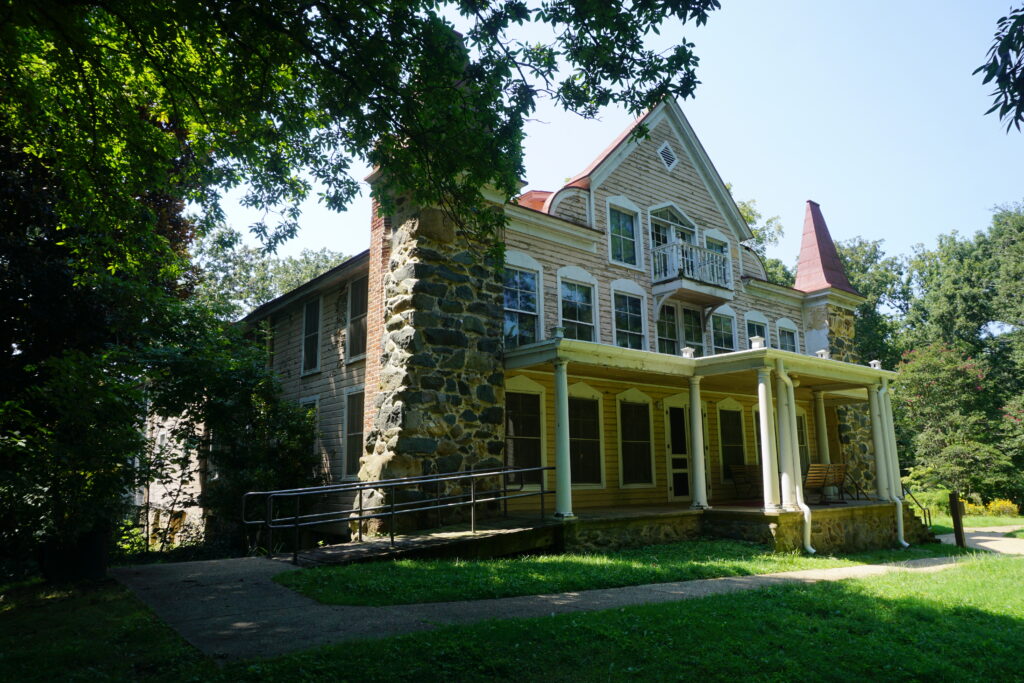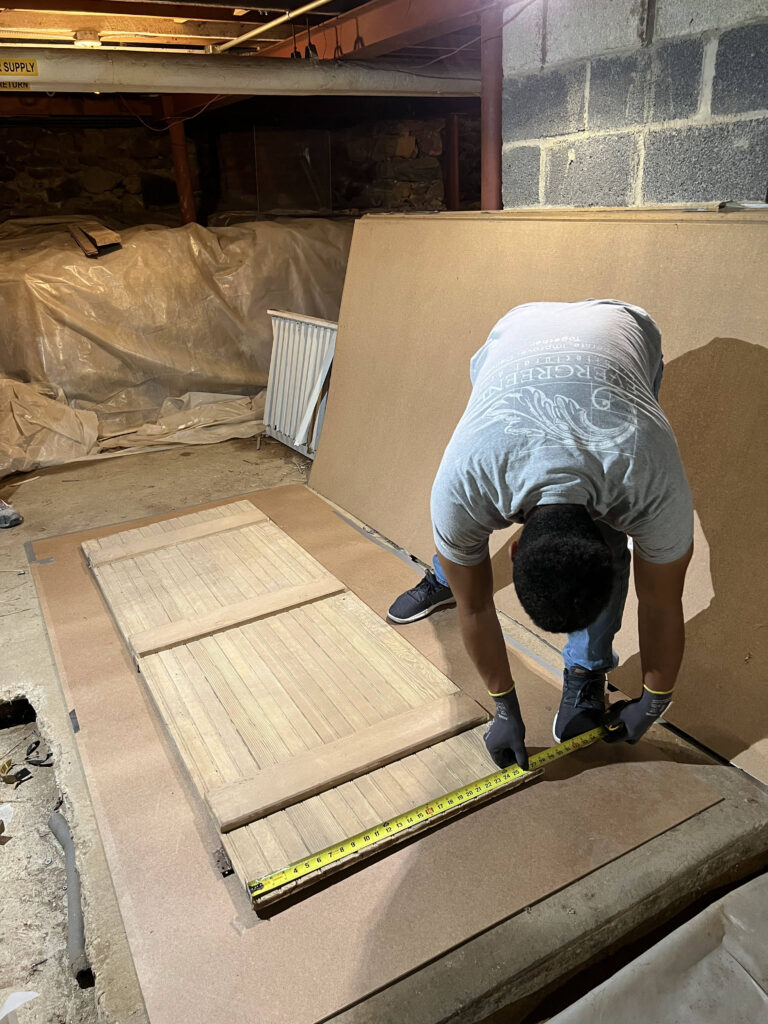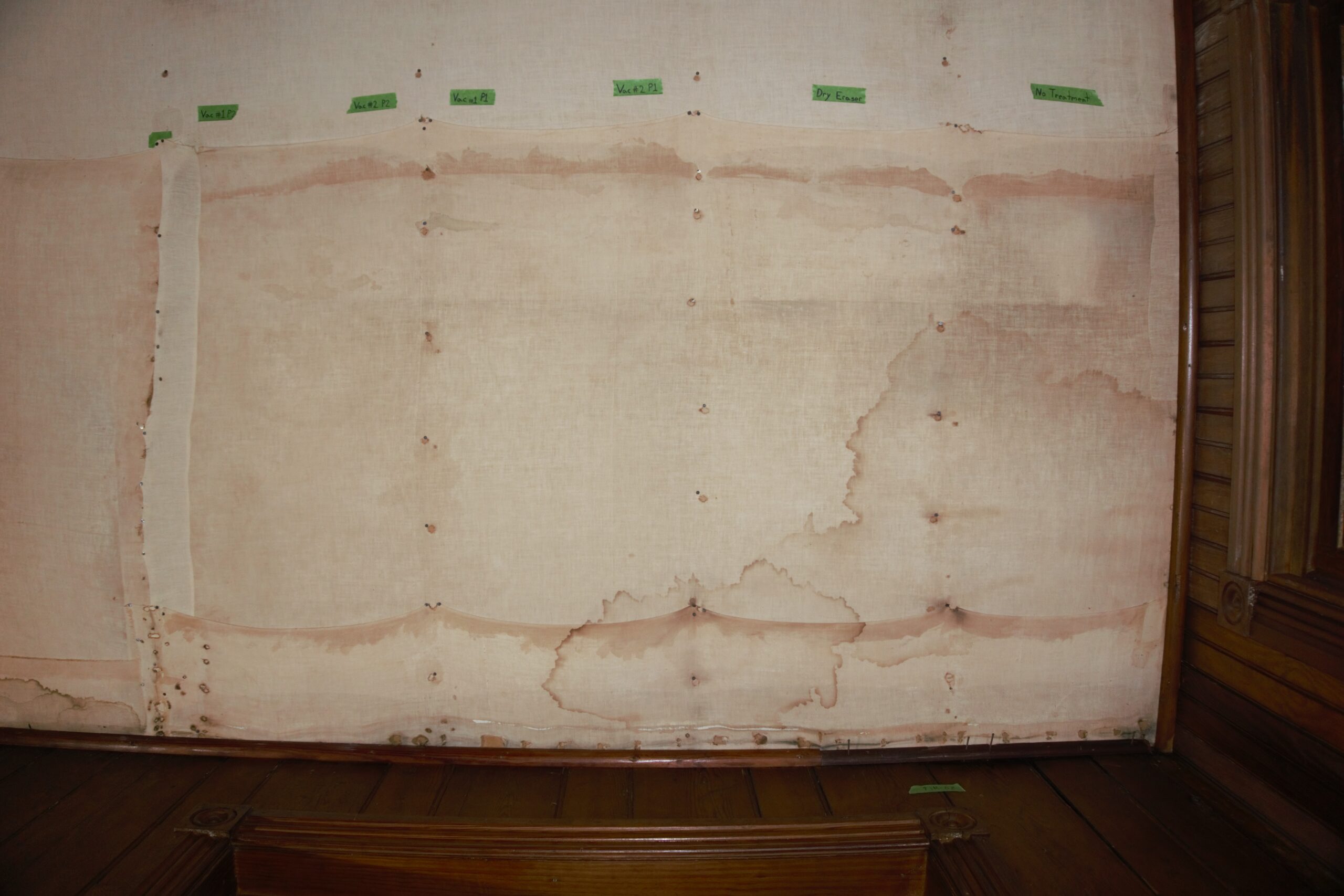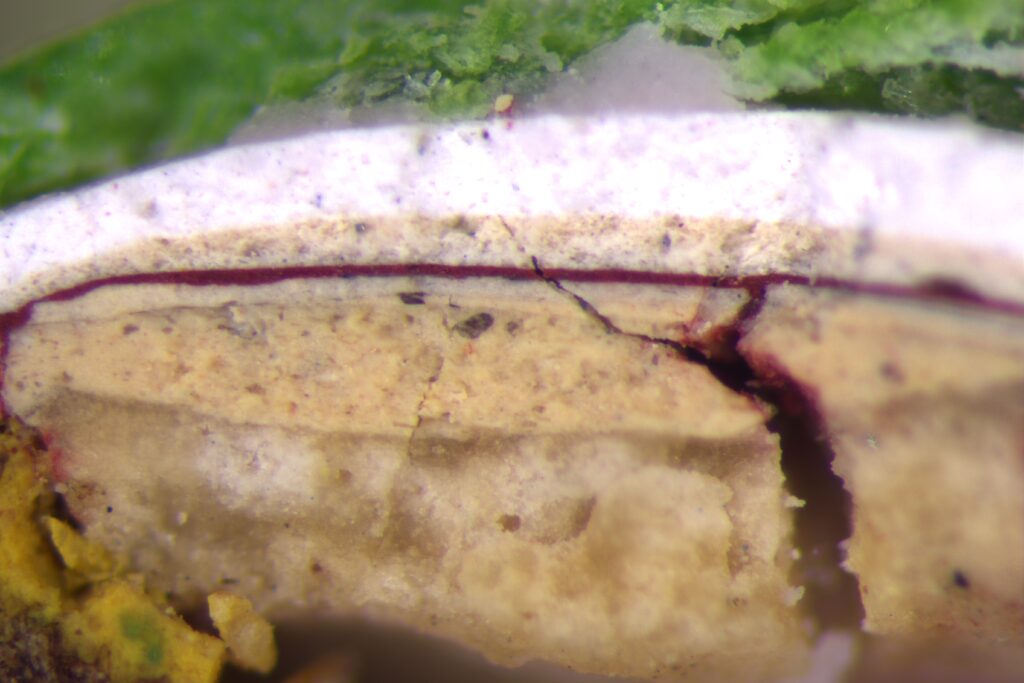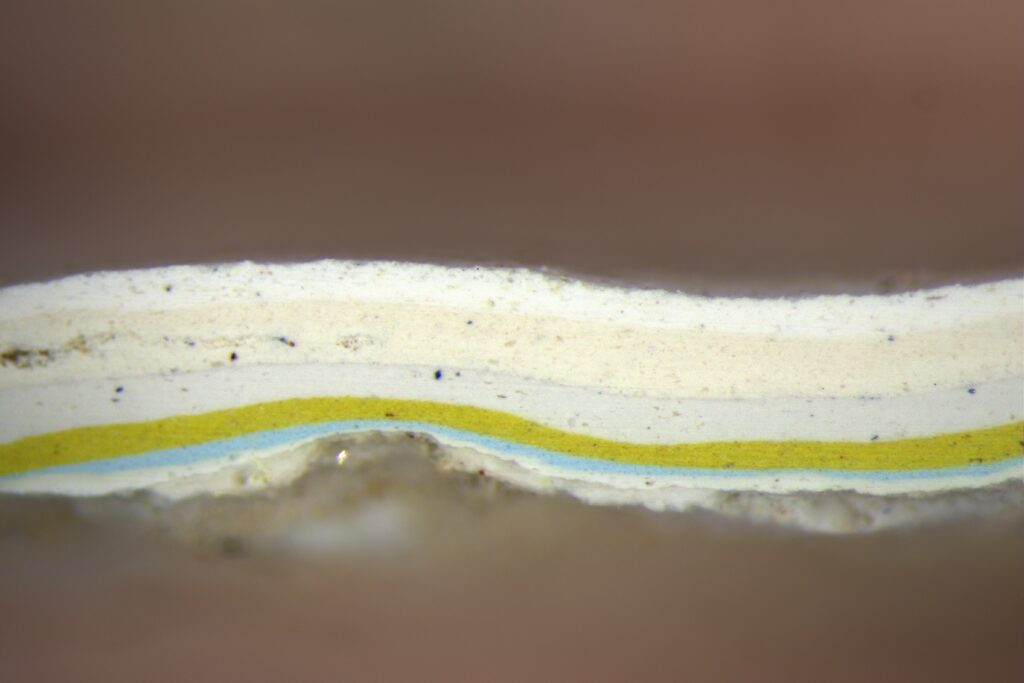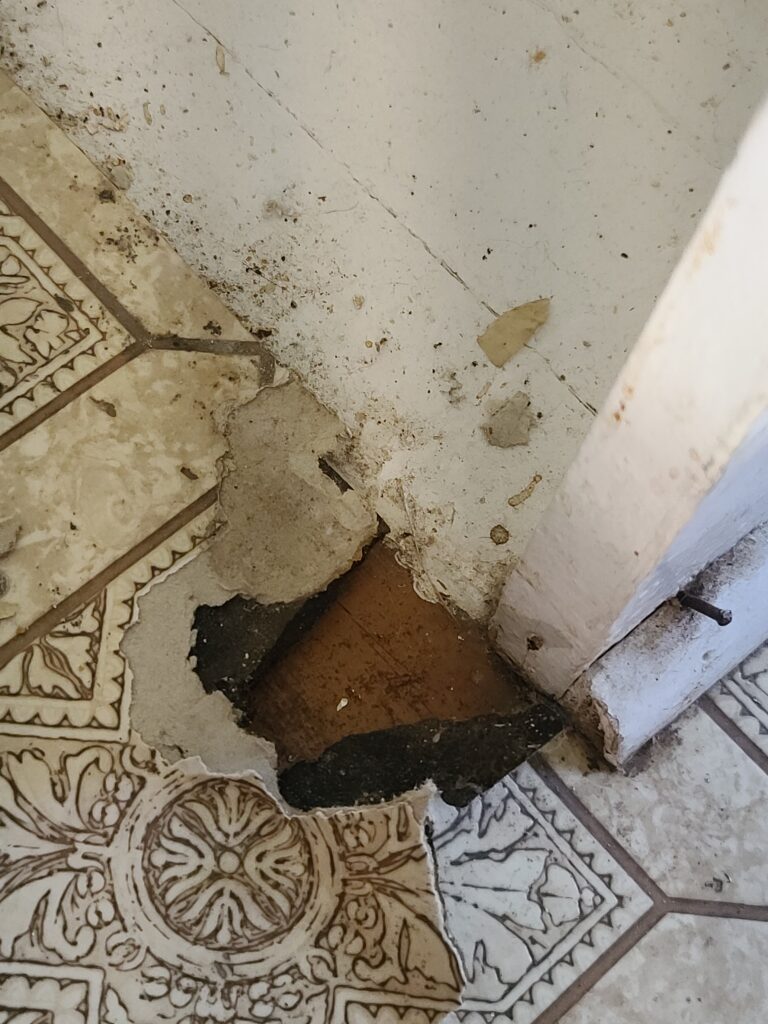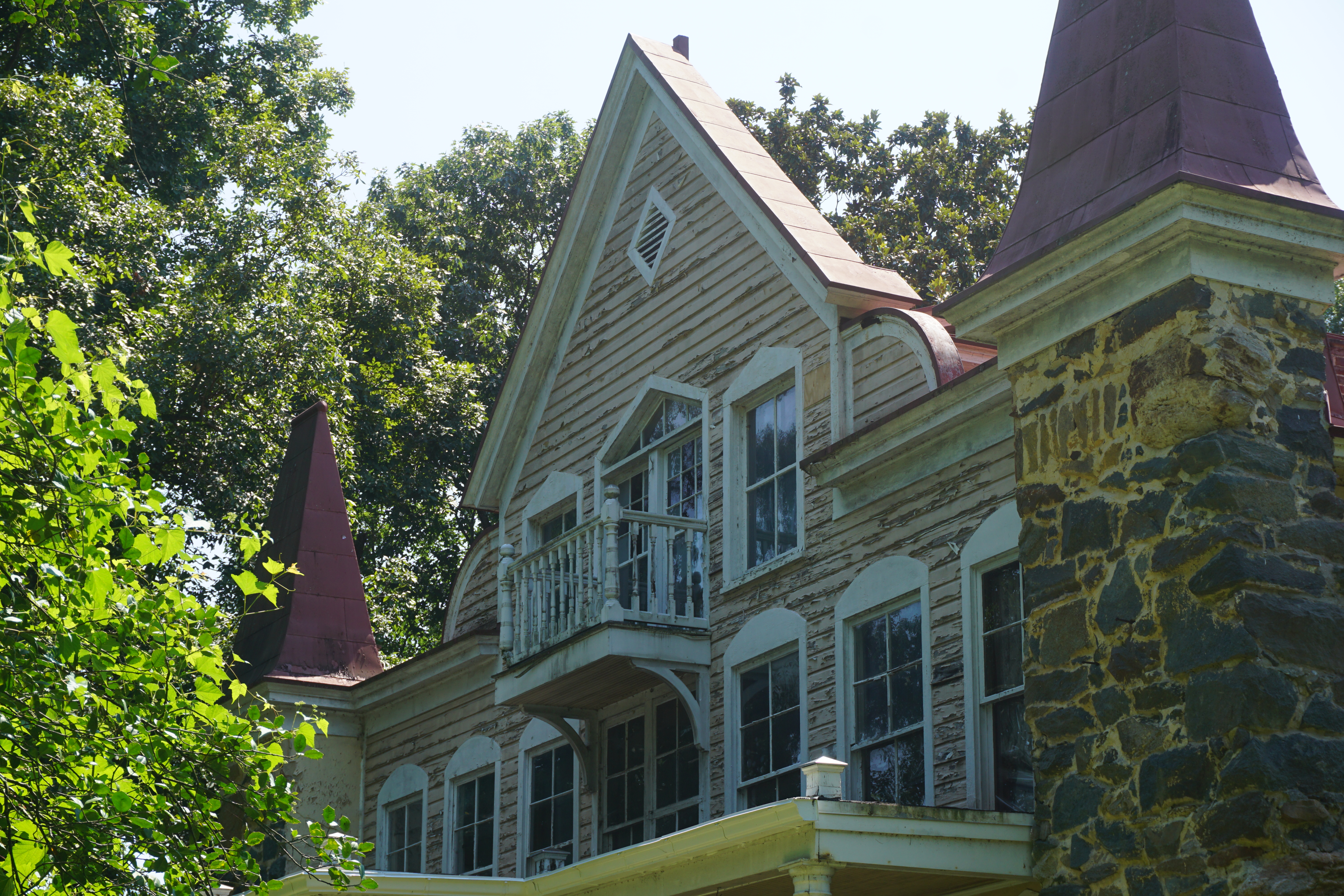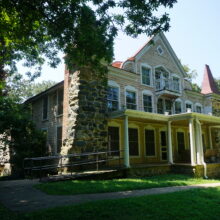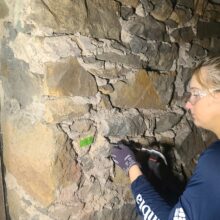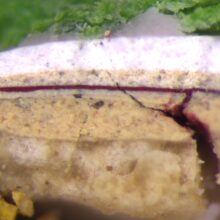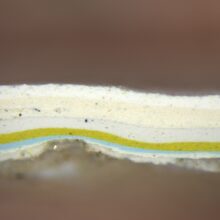Clara Barton House
The Clara Barton House and its surrounding 9-acre landscape are the former home of Clara Barton, an American teacher, nurse, and philanthropist known for her work on the Civil War battlefields, for founding the Office of Correspondence with the Friends of the Missing Men after the Civil War, and for the founding of the American Red Cross.
The Clara Barton House was constructed by Barton and her associate and long-time companion Dr. Julian B. Hubbell in 1891 on the grounds of Chautauqua Park at Glen Echo, Maryland. The structure was constructed as the residence of Barton and Hubbell. It functioned primarily as a Red Cross warehouse from 1891 to 1897. From 1897 to 1904 the structure served as the national headquarters of the American Red Cross, of which she was president and Dr. Hubbell was Chief Field Agent.
The structure was remodeled by Clara Barton in 1897 as her country home, where she lived with Hubbell, until her death in 1912 at the age of 91. Dr. Hubbell occupied the house until his death in 1929, except during a period from 1920-1925. Other than the house, no associated buildings and few if any landscape features of the Barton homestead remain extant.
The property was added to the National Register of Historic Places in 1966, designated a National Historic Landmark in 1965, and finally designated a National Historic Site in 1974. Today the site works in combination with the adjacent Glen Echo Park of the George Washington Memorial Parkway to make up 22-acres of contiguous National Parks Service cultural landscape in Montgomery County, MD.
EverGreene was retained by Mills + Schnoering Architects, LLC to perform a general condition survey of the existing interior and exterior features of the Clara Barton House, followed by a comprehensive investigation of interior and exterior materials, finishes, and conditions. The purpose of these investigations was to establish parameters for future restoration efforts by documenting the current conditions of the structure, and the materials and finishes used in its original construction. EverGreene performed the cursory conditions survey of the interior and exterior features in early 2022, which identified areas of concern, as well as areas for future investigation. Comprehensive investigations were performed in mid to late 2022. Investigations on the exterior involved probes into the features to understand sub-surface structures; performing a moisture survey; surveying, sampling, microscopy of the historic woodwork; and mortar investigations of the stone piers and brick chimneys. Interior investigations involved conducting archival research to help determine original finishes; performing a detailed interior condition survey to determine changes from previous surveys; probe behind modern surfaces to determine the presence of historic substrates and finishes; a plaster survey to identify and reveal original plaster, determine its stability, and sample it to determine its composition; perform sampling and microscopy of decorative finishes; perform cleaning tests on the cotton muslin ceiling; determine original locations for salvaged elements discovered in basement; and perform mortar analyses of interior brick and stone elements in the basement.
